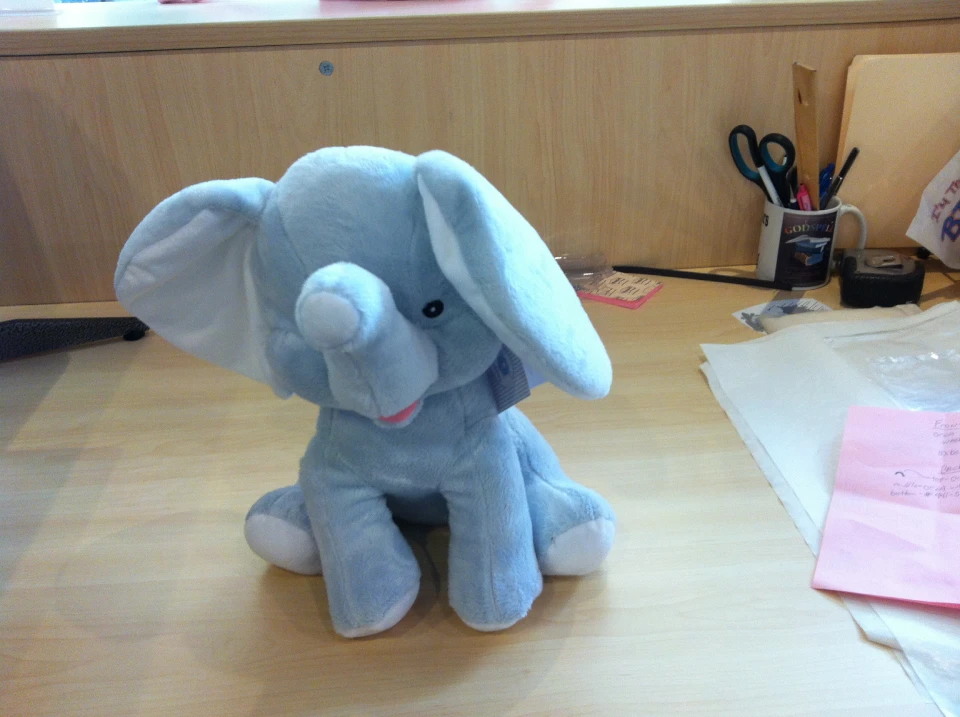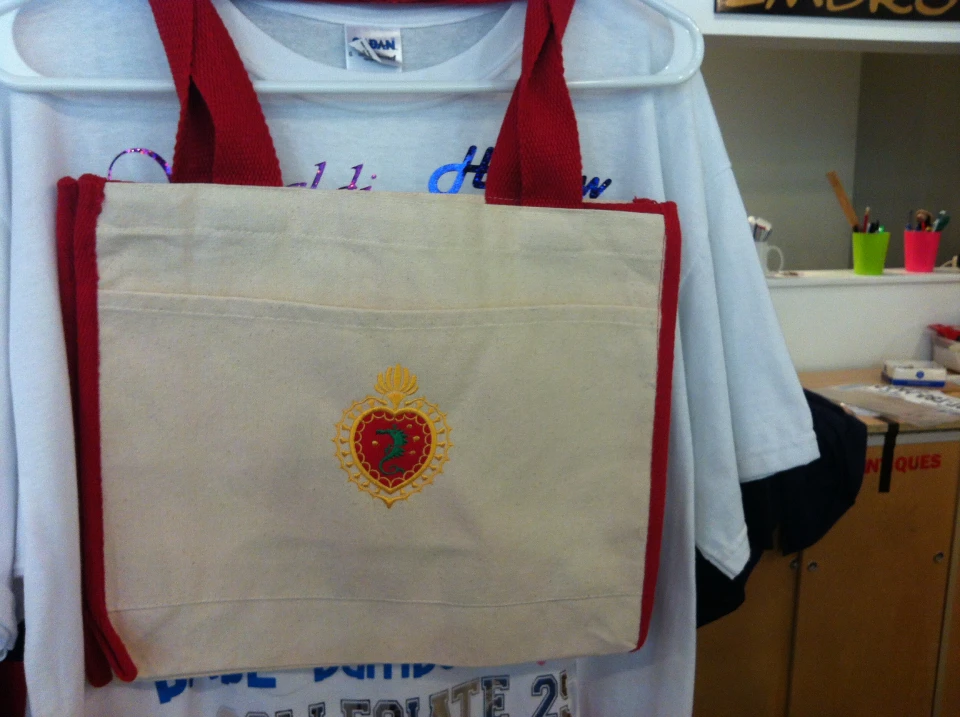Customized Scrubs with Embroidery for an Expert Appearance
The Art of Customized Needlework: Opening the Tricks to Creating Distinct and Unforgettable Designs
The secrets to producing custom embroidery styles that mesmerize the eye and leave a lasting impression lie in a delicate balance of technique, creative thinking, and focus to detail. As we delve into the world of custom-made needlework, we reveal the nuanced interaction between string selection, stitch complexity, and design personalization that raises a simple garment to a job of art.
Selecting the Right Needlework Threads
When selecting needlework threads, what essential factors should you take into consideration to make certain the most effective results for your personalized styles? The option of embroidery string is vital in identifying the last result of your embroidered layout. One of the key considerations is the material of the thread. Various materials such as cotton, polyester, rayon, and silk offer differing levels of shine, toughness, and texture. It is necessary to choose a thread material that enhances the fabric you are stitching on and aligns with the preferred look of the style.
Thicker strings can include measurement and structure to your style, while finer threads are optimal for complex information and little text. Furthermore, thinking about the color fastness and washability of the thread is important to make sure that your customized designs maintain their quality and vibrancy over time.
Discovering Various Stitch Methods
To look into the world of 'Discovering Various Stitch Methods', one need to understand the complexities and nuances that each sewing technique brings to the art of needlework. Different stitch techniques not just add visual passion yet likewise add to the general structure and dimension of the layout. One prominent stitch technique is the satin stitch, which includes carefully jam-packed parallel stitches to create a smooth and glossy surface, perfect for filling up in shapes and developing strong outlines.
On the various other hand, the backstitch is a versatile method typically used for laying out and adding great information. It involves sewing backward to produce a strong line of needlework. Furthermore, the French knot stitch includes a tactile aspect to layouts, ideal for developing textured accents like flower facilities or decorative touches.
Checking out different stitch techniques enables embroiderers to have fun with light, shadow, and depth within their layouts, elevating the visual charm and imaginative quality of their embroidery projects. By understanding numerous sewing techniques, one can open endless possibilities for developing unique and memorable custom-made needlework pieces.
Incorporating Personalized Style Components
Having explored the ins and outs of various stitch strategies such as the satin stitch, backstitch, and French knot, the emphasis currently changes in the direction of incorporating individualized design components in customized embroidery projects. Customized style aspects play a crucial role in making embroidery jobs truly unique and memorable. One way best site to incorporate personalization is by adding initials, names, or substantial days to the layout. This not just adds a personalized touch but also boosts the nostalgic worth of the embroidery piece.
An additional means to include personalized layout aspects is by including icons or themes that hold unique significance to the recipient or reflect their passions and character. For instance, including a preferred blossom, animal, or hobby-related icon can make the embroidery layout a lot more meaningful and individualized. In addition, choosing colors that reverberate with the recipient or align with the designated motif can even more boost the personalization of the embroidery task.
Mastering the Art of Color Control

One key element of shade coordination is recognizing color theory. This consists of knowing exactly how various shades communicate with each various other, the feelings they convey, and exactly how they can be incorporated to develop visually attractive layouts. By applying color concept concepts, embroiderers can create harmonious color combinations that boost the total look of the style.
Furthermore, taking note of comparison is vital in shade coordination. Utilizing contrasting colors can assist specific aspects of the layout pop, boost readability, and create a visually dynamic needlework item. By understanding the art of shade control, embroiderers can elevate their designs and create unforgettable pieces that resonate with clients and audiences alike.
Enhancing Structure With Advanced Embroidery Stitches

French knots, as an example, are best for adding small, increased dots to your design, imitating the appearance of grains or developing a distinctive surface area. Bullion knots, on my link the other hand, can be made use of to produce twisted, ropelike aspects that include an extravagant feeling to the embroidery. Seed stitching involves tiny, scattered stitches that can fill in locations with a multicolor structure, while turkey work develops cosy, dimensional accents similar to animal fur or foliage. Trying out these advanced embroidery stitches enables you to press the borders of conventional embroidery and create truly one-of-a-kind and aesthetically attractive textures in your styles.
Conclusion
To conclude, the art of customized embroidery entails a combination of selecting the appropriate threads, discovering various stitch methods, including customized layout elements, grasping shade control, and improving texture with advanced stitches. By comprehending and applying these crucial elements, embroiderers can develop unique and memorable styles that display their creative thinking and ability. Embroidery lovers can open the keys to creating stunning and custom items that attract attention and leave a lasting impression.